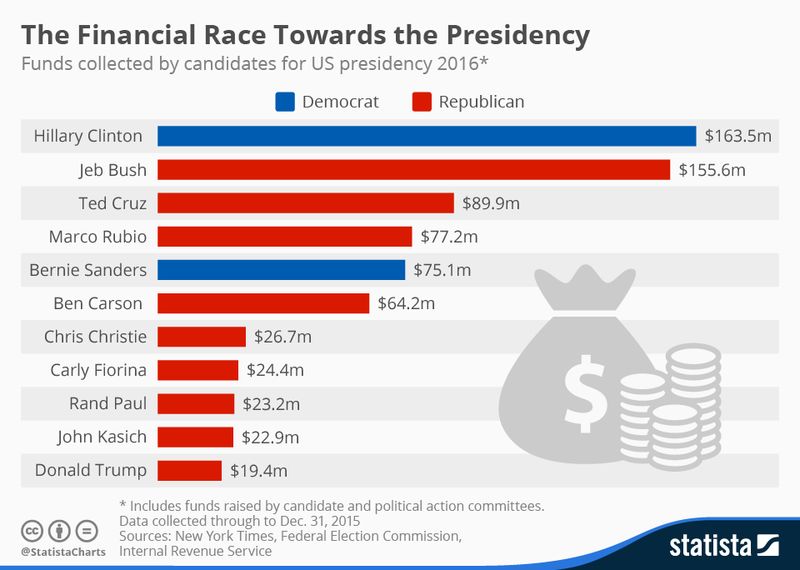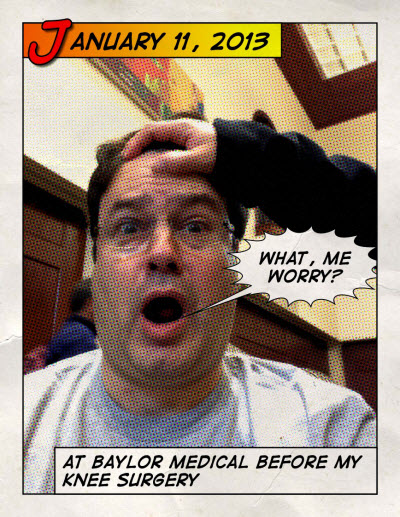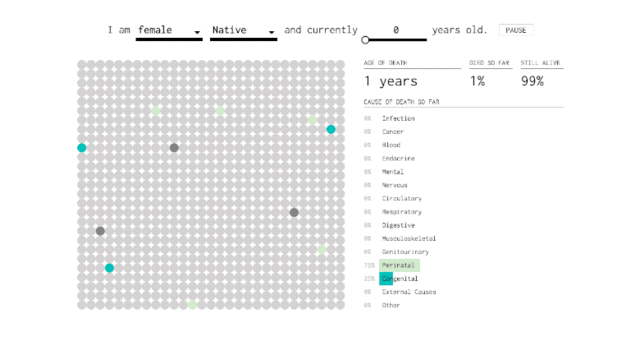Innovation comes in many forms. I often challenge my research team to come at the edge-finding process differently. For example, how can you tell what’s happening in the stock market (or in your portfolio) without looking at the market?
As an example, I might ask how we could determine the number of people in a room, without using sight? To answer, you could: ask; use heat signatures; detect the number of heartbeats, etc. The point is, there is usually a way if you want it badly enough.
The story and video below captured my attention … and admiration.
Hope you enjoy it.
Diagnosed with retinal cancer at the age of two, Ben Underwood had his eyes removed at the age of three.
Still, he was able to detect the location of objects by making frequent clicking noises with his tongue. He used it to accomplish such feats as running, playing basketball, riding a bicycle, rollerblading, playing football, and skateboarding.
Check out the video.
Via CBS News.
He died just before his 17th birthday; but his life is still an inspiration.
For more, watch this.






